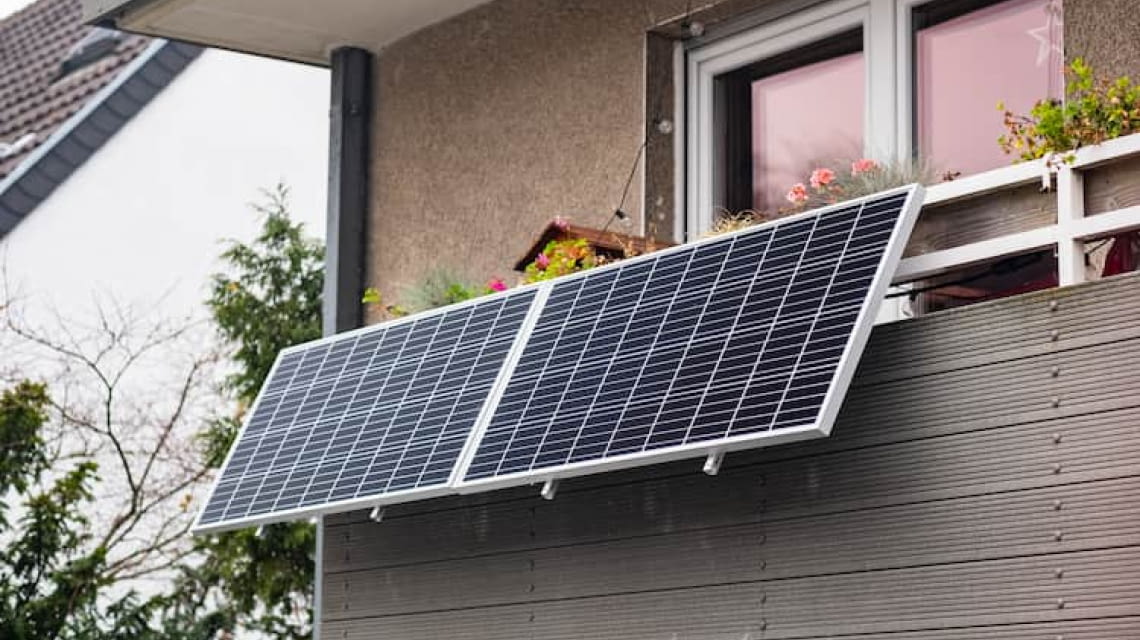For a long time wechselrichter 600w Power was only identified as the conversion of sun light to to electricity. While this is not inaccurate most of us do not know that the energy harvested must first be converted to electrical energy to be able to produce generally functional electricity. The conversion is made possible through the photovoltaic or PV, a method that uses semiconductors to convert the sun’s radiation to electrical energy. The assembly of semiconductors and electronics or solar cells is enclosed in a photovoltaic module, more commonly known as a solar panel. Several solar panels are called solar panel array.
A solar panel collects and generates energy from the sun’s radiation. PV panels convert this energy to direct current electricity, a current that is produced by batteries. Although connecting a DC load directly to the solar panel is possible, batteries play an important role to a properly working photovoltaic system.
A regulator is optional yet a vital equipment in a photovoltaic system. During the cyclic process, the battery is likely to become overcharged or over-discharge, a situation that shortens the batteries’ lifespan. A regulator prevents such situations from happening by regulating the batteries’ condition. It maintains a stage of charge where it monitors when the battery will be overly charge or discharge. In general, a regulator keeps the batteries in the most appropriate working conditions.
A converter allows the DC electricity stored into the batteries to be converted to AC or alternating current electricity, the type of energy that is used by the mains power supply. The DC/AC or direct/alternating converter is also called an inverter and is used to match the required current and voltage by the load. It is typical to experience some energy loss during electricity conversion.
Any appliances that consumes electricity is considered a load. When choosing a load for the solar power system, it is necessary to start with a low power component before installing additional solar panels to avoid wasting of resources. PV systems are ideal for illumination as lights only consume several watts compared to bigger appliances like television, components, or computers. There are also lightings that operates on direct current electricity, allowing the use of solar power system in a low budget scale.
Solar panels, battery, regulator, converter, and load make up the solar panel system. When all of these components are installed properly, a solar power system can sustain itself for years. For most residential users, power grid is the most convenient source of electricity. It seems like a huge power shortage or outage is still in the distant future. However, the increasing worry about the exhaustion of fossil fuels is drawing authorities all over the world to exploit renewable energy sources. As solar energy is the most commercialized among other renewable energy, it is necessary to know how you, as a residential end-user, can benefit from solar power.
Solar power is a proven commercial energy source. Among other renewable resources such as wind, hydro, biomass, biofuel, and geothermal power, solar power the only clean energy that is able to generate a large market scale including residential users. Due to the advancement in solar energy technology and the consistent improvement of financing approaches, solar energy project implementation is steadily reducing. China’s emergence as one of the biggest manufacturer of solar panels largely affects the cost of end-user materials. The country also produces wind turbines although exports are limited unlike the global production and export of PV panels.
Depletion of fossil fuels is an unvarying threat to energy security. Fossil fuels are non-renewable energy sources and its exhaustion is inevitable, which means power supply shortages all over the world. On the other hand, renewable energy like solar, wind, and geothermal power are able to generate electricity without depleting natural resources. These natural energies are infinite sources of energy. If installed and utilized properly and strategically, renewable energy can supply the whole world with clean electricity.
Solar energy, like all green energy, produces relatively small amounts of greenhouse gases or GHG, one of the major factors to the thinning of the ozone layer. It reduces the carbon footprint in all sectors. The utilization of alternative energy also promotes the production of low carbon technology products such as LED-powered lights, low-carbon appliances, and hybrid cars. More energy efficient storage and solar panels are being developed to improve the viability of alternative energy.



